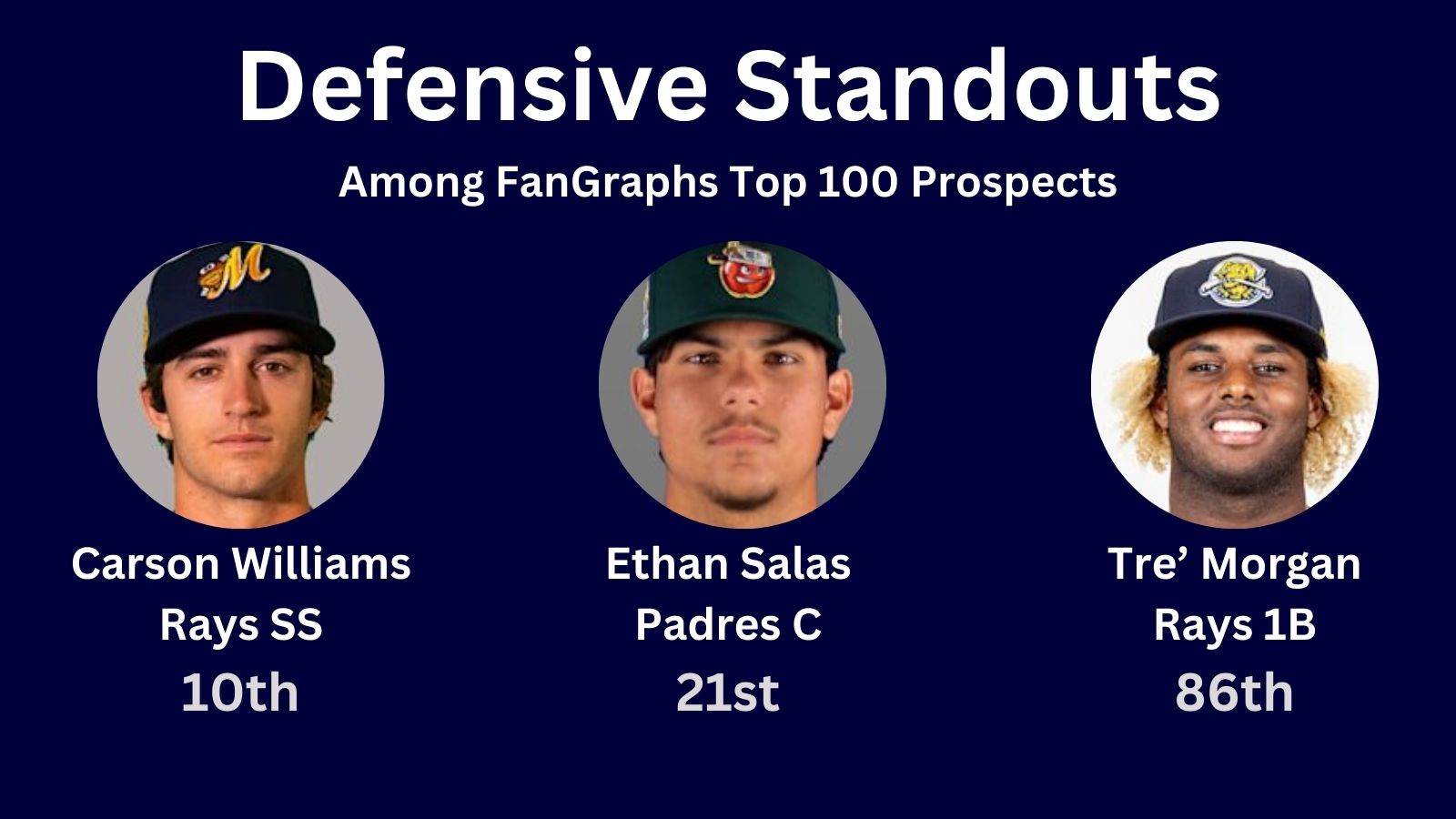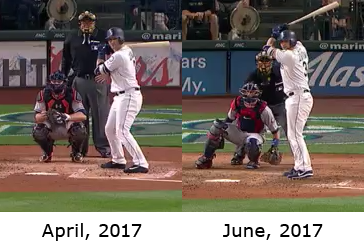By TED BAARDA
Players coming to MLB from overseas are always intriguing to look into. Will they produce similar numbers as they did in Asia? Or will their skills not translate at the highest level? There are opportunities for teams to find a bargain, along with the risk of tying up valuable payroll space on a player who does not contribute to the team. Let’s look into three position players from Japan who may have the opportunity to jump to MLB next season, should their NPB teams permit it.
Tetsuto Yamada – 2B – Yakult Swallows
If you search Tetsuto Yamada’s name on the internet, it isn’t long before you find someone who refers to him as Japan’s Mike Trout. Yamada’s strong all-around game is what intrigues people so much, and as he gets closer to free agency it makes more sense for the Yakult Swallows to consider posting him. Yamada’s resume is impressive, with four 30-30 seasons, five All-Star appearances and a Central League MVP award all accomplished before the age of 28.
Yamada isn’t the biggest player on the field, but he gets the most out of his 5’10”, 163 lb frame by incorporating a big leg kick into his swing. He has quick hands and a level bat path and is able to drive the ball despite his stature. Yamada has above-average speed and strong running instincts (as evidenced by his 176 steals against just 28 caught stealing for his career). While he isn’t an elite defender, he does a solid job at second thanks to his athleticism and strong fundamentals. He has not played any defensive position other than second base since the 2013 season.
Yamada would be highly sought after if he does get posted, but he is in the midst of a down year by his lofty standards. This could be the result of an upper-body injury (he did not play from July 27-August 12), but Yamada does have a history of being remarkably durable, as he has reached at least 140 games played out of a possible 143 in five of the past six seasons. The injury may have affected his approach at the plate as well, as his strikeout and walk rates have trended in the wrong directions this year.
| Season | OPS | HR | SB | BB% | K% |
| 2014 | .941 | 29 | 15 | 11% | 14% |
| 2015 | 1.027 | 38 | 34 | 12.5 | 17% |
| 2016 | 1.032 | 38 | 30 | 16% | 17% |
| 2017 | .799 | 24 | 14 | 15% | 21% |
| 2018 | 1.014 | 34 | 33 | 17% | 19% |
| 2019 | .961 | 35 | 33 | 17% | 19% |
| 2020 | .819 | 12 | 8 | 11% | 21.5% |
Assuming he is fully healthy Tetsuto Yamada could find a role on any MLB team, and maybe this offseason he will get that opportunity.
Seiya Suzuki – OF – Hiroshima Carp
When thinking about the prototypical right fielder, two attributes come to mind, namely a strong arm and power at the plate. If you asked an NPB fan who fits this mold, they would likely name Seiya Suzuki’s name off the top of their head. The 26 year-old Hiroshima Carp right fielder has been a consistent power threat in the middle of the lineup and has held his own in the field as well.
The 5’11” Suzuki has a leg kick that he uses as a timing mechanism, lifting his leg when the pitcher starts coming towards the plate and letting his foot hover in the air until he drives forward with his swing.
For a smaller player with a flat swing Suzuki can produce power without much visible effort, sending laser-shots all around the diamond. Even when the ball does not leave the park, Suzuki still produces at the plate. He is in the midst of his fifth straight season with a batting average of at least .300 and was the Central League batting champion last season.
Suzuki was primarily a pitcher in high school, then a third baseman and shortstop upon joining the Carp before settling into right field, all positions that require a strong arm. Runners have to be wary of running on him as Suzuki has 31 assists from right field in the last 4 years. His arm is his best defensive attribute, but he will occasionally get a poor read on fly balls. Still, Suzuki has won the NPB version of the Gold Glove Award in three of the last four seasons, which is a testament to the effort he has put into his defense since moving to the outfield.
While Suzuki is a gifted athlete, he has not developed instincts on the bases. Despite his good speed he is a poor base-stealer in the NPB, having gone 72-for-119 (60.5% success rate). His focus on the mound for his formative baseball years may have contributed to this, but his success rates haven’t moved from the low 60’s range even in recent years.
| Season | AVG | SLG | HR |
| 2016 | .335 | .612 | 29 |
| 2017 | .300 | .547 | 26 |
| 2018 | .320 | .618 | 30 |
| 2019 | .335 | .565 | 28 |
| 2020 | .305 | .553 | 21 |
Seiya Suzuki is still just 26, and the Carp may decide to keep him around for a couple more years before posting him (if they choose to), but he could provide an MLB team with a middle of the order righty bat in the corner outfield.
Tomoya Mori – C – Seibu Lions
Tomoya Mori is a solid catcher, and at age 25 should be on the radar of MLB teams soon. 2019 was a career year for Mori, as he won the Pacific League batting title and took home the league’s MVP award. But 2020 has seen Mori’s offense take a step back. He still has a solid track record at the plate for his career
Mori is more known for his accomplishments with the bat than with the glove, and the 5’6” lefty swinger gets a lot out of his diminutive frame.
Mori uses a big leg kick to start his swing and kicks his foot out in front of home plate before stepping forward in his swing. The body control required to pull off this swing is impressive, and Mori finishes his swing with a violent uppercut. The swing works for Mori, who has shown great bat to ball skills, good gap power and improving plate discipline.
| Season | AVG | OPS | HR | BB% | K% |
| 2015 | .287 | .825 | 17 | 8% | 27% |
| 2016 | .292 | .803 | 10 | 11% | 24.5 |
| 2017 | .339 | .934 | 3 | 14.5 | 17% |
| 2018 | .275 | .823 | 16 | 13% | 19% |
| 2019 | .329 | .959 | 23 | 13% | 15.5% |
| 2020 | .253 | .699 | 7 | 8% | 16.5% |
Defensively, Mori’s 5’6” stature is an advantage in one regard, as in a crouch the umpires can easily see over him. Mori’s arm strength is around MLB average for a catcher, as his pop times to second are right around the 2-second range. Mori is a good pitch blocker on balls that are in front of him, but he can have difficulty blocking balls that require him to move laterally.
One thing that Mori will need to work on is consistency in his setup. When watching a recent game, I noticed that he usually sets up in a crouch when on the third base side of the plate, but will go to one knee when calling for pitches on the first base side of the plate. With a runner on first and second base open he will be in a crouch on both sides of the plate to prepare for a potential throw, but otherwise the crouch/kneel pattern held for most pitches in the game. This type of pattern would be easy for a big league team to notice and exploit.
Though his height plays fine in the NPB, it will be a challenge for someone his size to play in MLB. There hasn’t been a catcher 5-6 or smaller since Tony Rego, a backup for the St. Louis Browns, 95 years ago.
Despite his small size, he has a track record of hitting and pitchers have to pitch to his smaller zone (though he is chasing more this year). He is likely a bat-first catcher, and the bar for catcher offense is fairly low at the MLB level giving him a good opportunity to provide value.
Overall Mori, assuming his bat bounces back, could provide teams with an above-average bat at the catcher position, which is a luxury in today’s game. Some defensive improvements would make him even more appealing to MLB teams as well.


